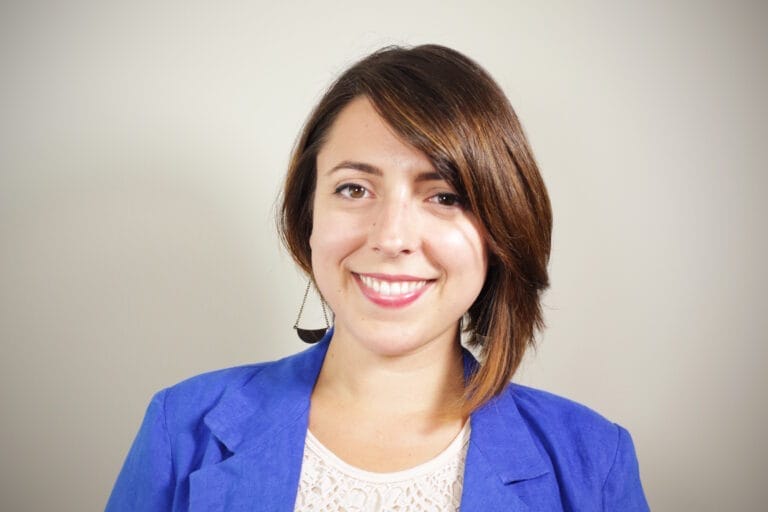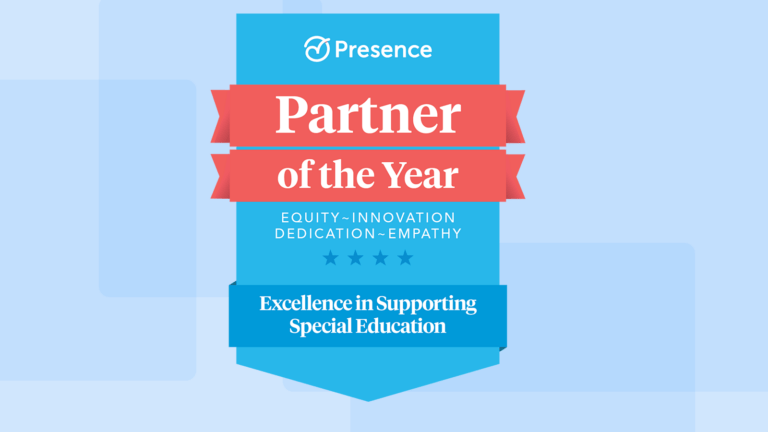
Alisson R, CCC-SLP has been working as an SLP for six years. She joined the PL Care Network during the 2018–2019 school year.
How has the PL online platform enabled you to help your students and the schools you serve in new ways?
I have more energy and enthusiasm. I loved working as an in-school therapist but I didn’t realize how much it would drain me day to day. The online platform allows me to take better care of myself and give more of myself to students and teachers. Onsite SLPs are always spread pretty thin and usually they’re at multiple schools or multiple locations. The main drawback for me in that kind of face-to-face therapy was that I found it very hard to “get in” with the teachers. Logging time for small talk in teachers’ lounges, learning how each teacher likes to be interacted with, respecting dozens of different preferences when you go to pull the kids from the classrooms—that was the part of the work that I found most stressful and exhausting. With teletherapy, not being in charge of pulling kids from classrooms and having access to teachers only via phone, platform, and email really improves my job satisfaction.
Can you tell us a little about how you collaborate with teachers and other school staff members?
We text, email, and call each other on a regular basis. I’ve been lucky to have been assigned really involved, interested, and responsive collaborators! I try to exceed expectations whenever possible. After several months of working with them and setting a precedent of good work, I find my teachers now reach out often and tell me about the challenges they’re having with our students. I can then respond easily with suggestions for what they can try. I don’t think it matters to them that I am not physically in front of them.
How do you build trust and rapport with parents?
I do exactly the same things I do in person. I always love my students so I give parents very specific compliments about their children. I joined PL in October of 2018 so I missed the initial intro period that year— I mostly interacted with parents at the IEP meetings. I always offered my contact information for any questions, and if I sensed a parent may be interested in more information, I always sent it immediately after the meeting. This year, I started off with an introduction letter, and I am building in time to check in with every parent at least once a quarter via email. When I have a burning question, I always give parents a call, and some parents have texted with me too.
What advice would you give districts considering online therapy?
Online therapy has really made me a happier, more energetic therapist. Initially I didn’t know how I’d feel about not being face-to-face, but so far I’ve only had two kids on my 50 to 60 student caseload who I’ve wished I could see in person sometimes. As for the rest of the kids, I love seeing them online! I have discovered that teletherapy reduces competing stimuli for a lot of the students. They don’t have to be distracted by all the physical factors. Especially for some kids on the autism spectrum, those factors can be a big deal, and just existing in the room with other people can be taxing. Even for kids who are not on the spectrum, I’ve noticed that having the screen as a filter between us can free up their brains to get more to the root of our therapy tasks.
Are you in need of related service providers like Alisson? Presencelearning is here to help! Schedule a consultation today!



